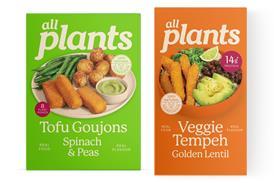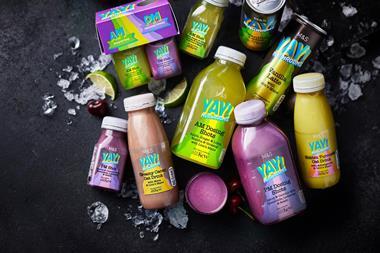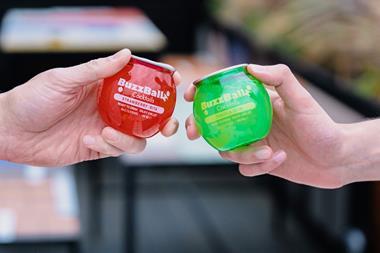
Imagine a typical Oxford student. You may see a gown-wearing, croquet-playing, champagne-swilling, upper-class type. Yet, despite the stereotype, most of us come from very ordinary backgrounds.
I’m your typical student. I attend the odd lecture, am occasionally seen ‘down the bar’, shop in Tesco, eat pizza and love a meal deal. So, during my internship with The Category Management Company, I’ve been struck by how grocery retail is not fully exploiting my generation.
If what I read is true, we are ‘fickle’ and ‘demanding’. But we’re making our own shopping choices for the first time, shaping our behaviours for the future right now – standing in the wings to play a major role as shoppers for decades to come.
Breaking the shopping code of Gen Z must surely present a significant commercial opportunity. So here are my ‘decoding’ observations.
- Format failure – With no car, I use shops within bag-carrying distance of my college. So I am confined to convenience formats, in which larger supermarkets’ bestselling ranges are seemingly compressed into smaller layouts. This is our channel, but there is little or no inspiration, just products that largely appeal to my parents’ generation. Where are the products that appeal directly to me? A challenge as we come from completely different cultural standpoints, taking me to my next point.
- The range paradox – On visits to larger supermarkets, which I never normally frequent, I am overwhelmed by choice. Unique pack formats with striking designs, such as kim chi noodles or tikka masala in a can, are a ‘go to’, but I struggle to find them where I normally shop. The paradox? Gen Z do not shop in larger store formats where products they want are stocked, but shop in convenience formats where they are not. (Note: I do like the pizza meal deal, for one!)
- The invisible environment – My generation is the first to have been raised on the importance of protecting the environment. But I was disappointed by how little this is reflected in-store, in pack labelling and product grouping. Why not dedicate an easy-to-find section to showcase well-labelled, environmentally-friendly products?
- Meal deals – They represent fantastic value for money – offering taste and price – but retailers are missing a trick. Variety and the opportunity to try new things are also central to my decisions. We’re now being offered iced coffee, for example, but only alongside old favourites from big brands. Why not use some of the meal deal space to trial innovations or flavours that appeal to a more experimental audience?
- Loyalty – I love my Clubcard, and expect the algorithms know my exact shopping habits. But I’m not sure they know ‘who’ I am. I may be short on money, but this doesn’t mean I don’t want great-tasting and quality products. Other retailers offer student-specific discounts, yet grocery retailers don’t seem to take us as seriously. I think it’s simple: build loyalty by using student-targeted discounts on quality products within bulk foods like pasta, and convenience products like ready meals.
Don’t get me wrong – I’m in awe of this industry. Its complexity and sophistication are beyond anything I had expected before stepping into its orbit.
But, if my observations are anything to go by, there’s a danger that retailers may continue to ‘mainstream’ their offer in the hope that Gen Z will conform in time. And truthfully, I’m not sure that’s going to wash.



















No comments yet